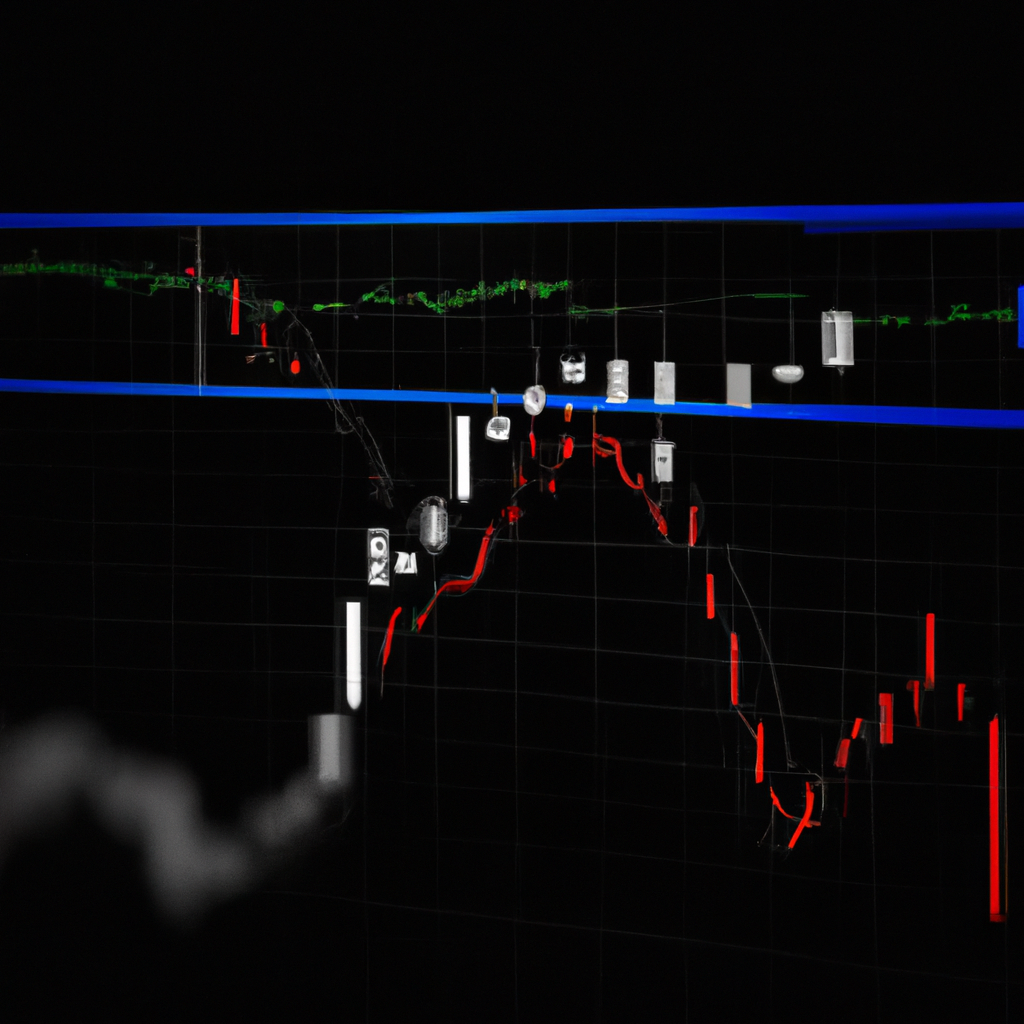Momentum Oscillators for Trade Timing
Introduction
Momentum oscillators are technical indicators used by traders to determine the strength and speed of price movements in financial markets. These oscillators are particularly useful for identifying overbought and oversold conditions, as well as potential trend reversals. In this article, we will explore the concept of momentum oscillators and how they can be utilized for trade timing.
Understanding Momentum Oscillators
Momentum oscillators are typically displayed as lines or histograms below the price chart of a security. They measure the rate at which prices are changing and help traders identify potential turning points in the market. These indicators oscillate between fixed upper and lower boundaries, representing overbought and oversold conditions.
Popular Momentum Oscillators
There are several popular momentum oscillators used by traders. Some of the most commonly employed ones include:
- Relative Strength Index (RSI): The RSI is a widely used oscillator that measures the speed and change of price movements. It ranges from 0 to 100 and is considered overbought above 70 and oversold below 30.
- Stochastic Oscillator: The stochastic oscillator compares the closing price of a security to its price range over a specified period. It provides insights into overbought and oversold conditions and generates signals based on %K and %D lines.
- Moving Average Convergence Divergence (MACD): The MACD is a versatile oscillator that combines moving averages to identify potential trend reversals. It consists of a MACD line, signal line, and a histogram.
Using Momentum Oscillators for Trade Timing
Here are some steps to effectively utilize momentum oscillators for trade timing:
- Identify Overbought and Oversold Conditions: Watch for the oscillator to move above the upper boundary (overbought) or below the lower boundary (oversold). These extreme levels indicate potential reversals in price.
- Look for Divergence: Pay attention to divergences between price and the oscillator. If the price is making higher highs while the oscillator is making lower highs, it may suggest a weakening trend.
- Wait for Confirmation: Avoid entering trades solely based on oscillator signals. Wait for confirmation from other technical indicators or price action patterns before executing a trade.
- Combine with Trend Analysis: Consider the overall trend of the market before making trading decisions. Momentum oscillators work best when aligned with the prevailing trend.
Conclusion
Momentum oscillators are valuable tools for trade timing, providing insights into overbought and oversold conditions, as well as potential trend reversals. By understanding how to interpret and utilize these indicators effectively, traders can enhance their decision-making process and improve their overall trading performance.



